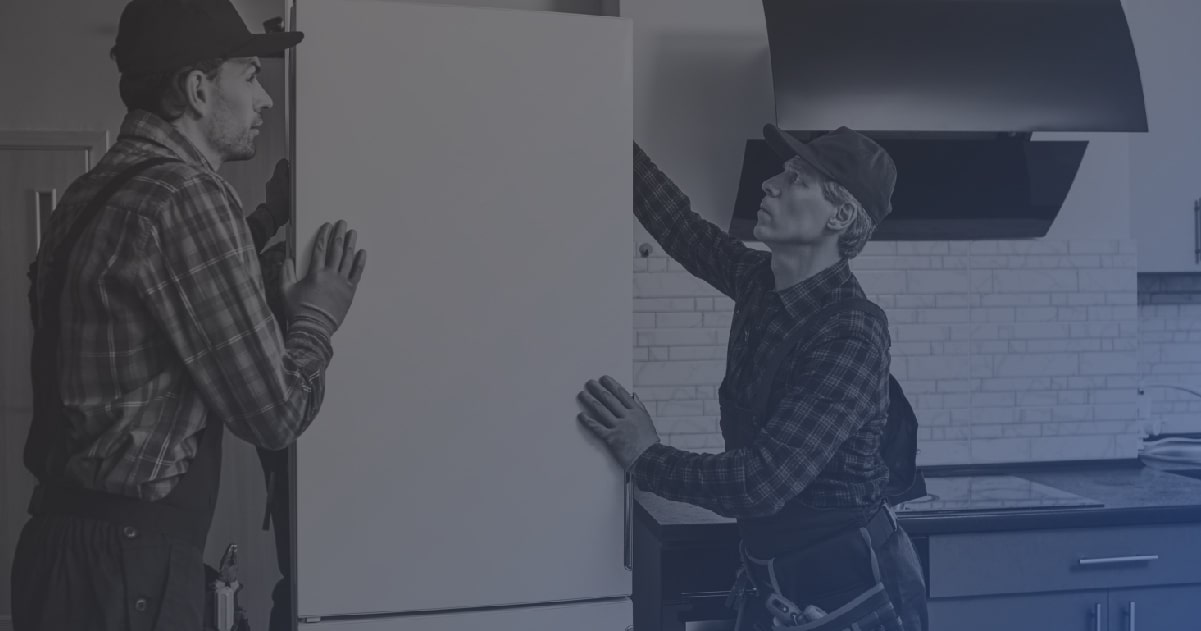Moving all the items you have accumulated over the years from one house to the next may seem like an impossible task, that will take months to accomplish. One of the biggest stresses in anyone’s life is a big move – the kind of move where boxes are stacked from the floor to the ceiling in multiple rooms filled with a lifetime of possessions and memories.
There is a great deal of stress and anxiety around moving as it is. A larger family with many children makes the task seem even more daunting than it need be. Below are some tips to help you improve your moving strategy:
To-Do List
- Avoid complications and confusion by sitting down and making yourself a list of the things you need to get done before, during and after your move.
- Checking off the items as you go will give you great satisfaction and more importantly, peace of mind.
- If you have children and animals to consider, create a separate to-do list for each, this will be yet another stress-reducer.
- We also recommend that you make your list in the order of priority by including deadlines, or even colour code the list to emphasise importance.
- If you have or intend to get insurance for your possessions this is also a perfect opportunity to make an inventory of that which you want covered. This will also be handy for you when you later unpack everything—you’ll know you’re not missing anything.
- Be sure to add to your list any utility companies that need to be contacted to turn your water and electricity off at the old house and on at your new home.
- Also, do you have any items that need last minute fixing or services to cancel? Do you need to call an electrician, plumber or roofing company, or cancel your phone (land line) or security company?
Change of Address
- Take care of the little things first. To avoid a few headaches, we recommend that you arrange your change-of-address requests before you move, sooner rather than later. Change-of-address requests usually take some time, so filling out the forwarding form for the post office should immediately be followed by notifying your financial institutions, magazine publishers, and friends and family about your new location. Try an do this before you even start your packing process.
Save Money
- Moving is a lot of work and it can really add up. There is often an argument about whether you should pack yourself or Hire professionals. However, we have found that the money you save in packing yourself and acquiring your own boxes, you spend in damages and unnecessary stress. Many times your moving company will offer boxes and packing services at a discounted rate.
Plan Early
- Its common sense that you won’t be able to unpack everything in your new home exactly the way it was before the move, but remember that change is as good as a holiday. This is an opportunity for you to create your place from scratch.
- Rid yourself of all the unused, unnecessary stuff you have accumulated over the years.
- Start by taking pictures of all the spider-webs of complicated electronic hook-ups to avoid a techie nightmare.
- You might even sketch out a floor plan for your new home, so you’re prepared with an even more detailed plan of action. You could also use this floor plan to decide how each room will be setup prior to the move. This will also help alleviate stress and help you get excited for the journey ahead.
Plants
- Don’t water anything you plan to take for 2-3 days before the move. Smaller plants can be put in boxes and moved in your car, while the big plants should be moved in their pots within a big box to avoid spilling their soil all over everything in the truck and on your personal items.
Hire the Pros!
- It is always recommended that you hire professionals to help you. They will have all the right equipment to move everything.
- This is also hassle free and there is less chance of you or a loved one hurting themselves during the move. The last thing you need is to throw your back out or drop a heavy object on your foot and need to be taken to hospital.
Tips for Moving Day
- Don’t let time lapse before you start packing. It takes about 30 minutes to fill a box. That means that an average apartment can be packed up anywhere from 15-20 hours. If you have a single family home, you’re looking at almost 40 hours of work.
- Make sure you have plenty of packing tape and pens ready for sealing and labeling all those boxes. Some of the info on the label should include what’s in the box, if it is fragile, and the room where the contents belong.
- Pack up stuff you use the least first, like books. Leave the essentials until the end. A good idea is to pack a suitcase like you’re going away for a week on vacation. You may not be sipping cocktails on the beach, but you also won’t be wondering where the toothbrush and toothpaste may be.
- Make sure all the boxes are well-taped, both tops and bottoms, and double-tape cartons that contain the heavy items. Pack the heavy stuff on the bottom and the lighter things on top. Never put heavy things in with fragile items! Wrap paper and add cushioning like bubble wrap or peanuts between the layers of breakable items. Don’t just throw towels and linens in separate boxes; use them for packing as well.
- Although your local movers will be helpful and willing to move whatever you have, they cannot always guarantee the safety of glass-framed pictures and artwork, lampshades, mirrors or your small electronic devices. Packing and moving companies sell bubble-wrap for the fragile things and you might request them to pack mirrors, pictures and delicate ornaments.
- Your mattresses can be wrapped in furniture pads, but specially-made boxes can be bought as well. Request that your movers wrap your valuable and delicate furniture with Airwrap for further protection.
Finally
 Complete all your packing before the crew arrives on moving day. Though you can make arrangements to have movers pack all your things for you, if you choose not to, then don’t be caught unprepared.
Complete all your packing before the crew arrives on moving day. Though you can make arrangements to have movers pack all your things for you, if you choose not to, then don’t be caught unprepared.
- Reserve elevators, loading docks or parking areas as needed for the time necessary.
- Also be there to direct the movers and answer questions.
- Use that floor plan you drew up. Tape it to the doors to show where everything should go to save you time and money.




